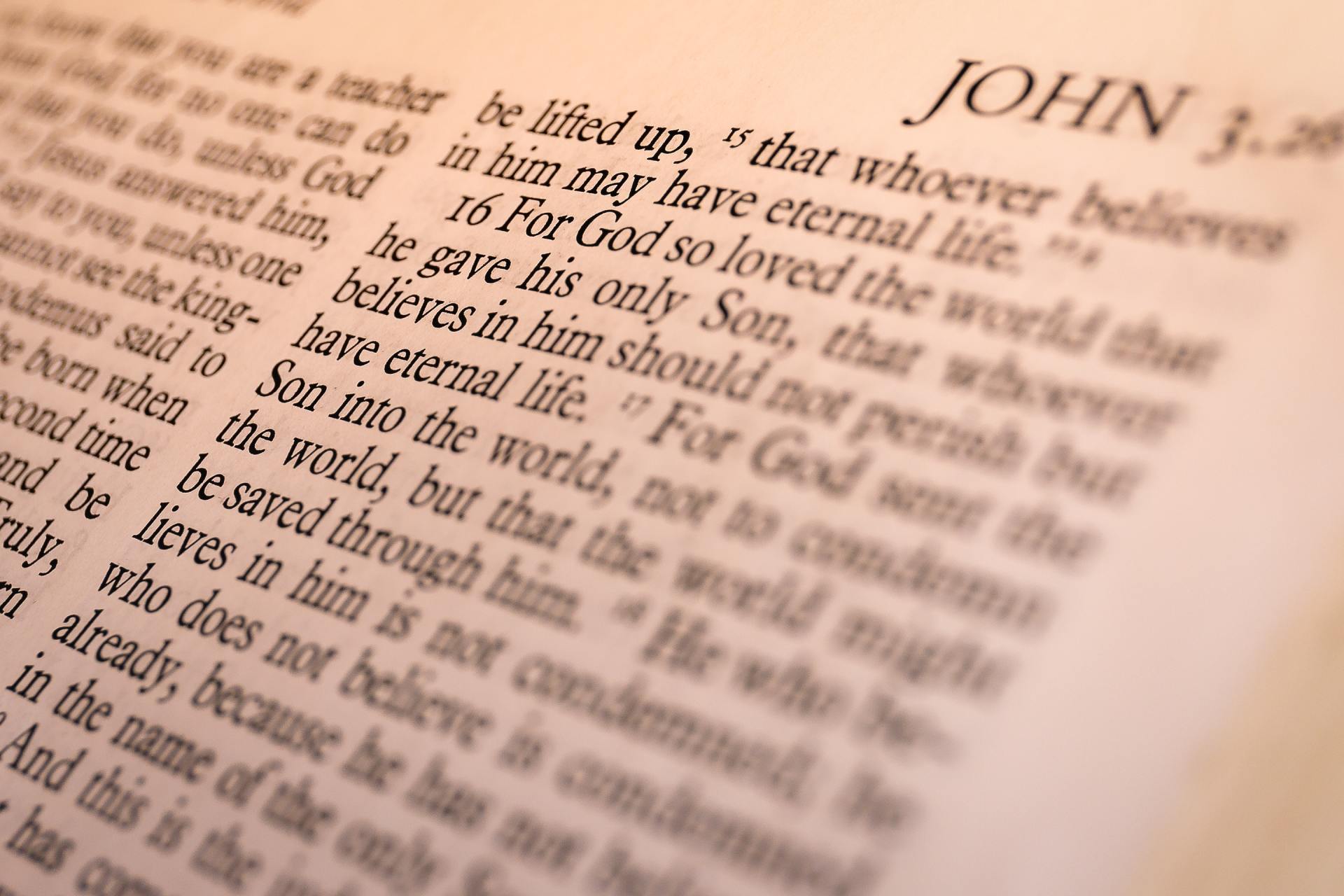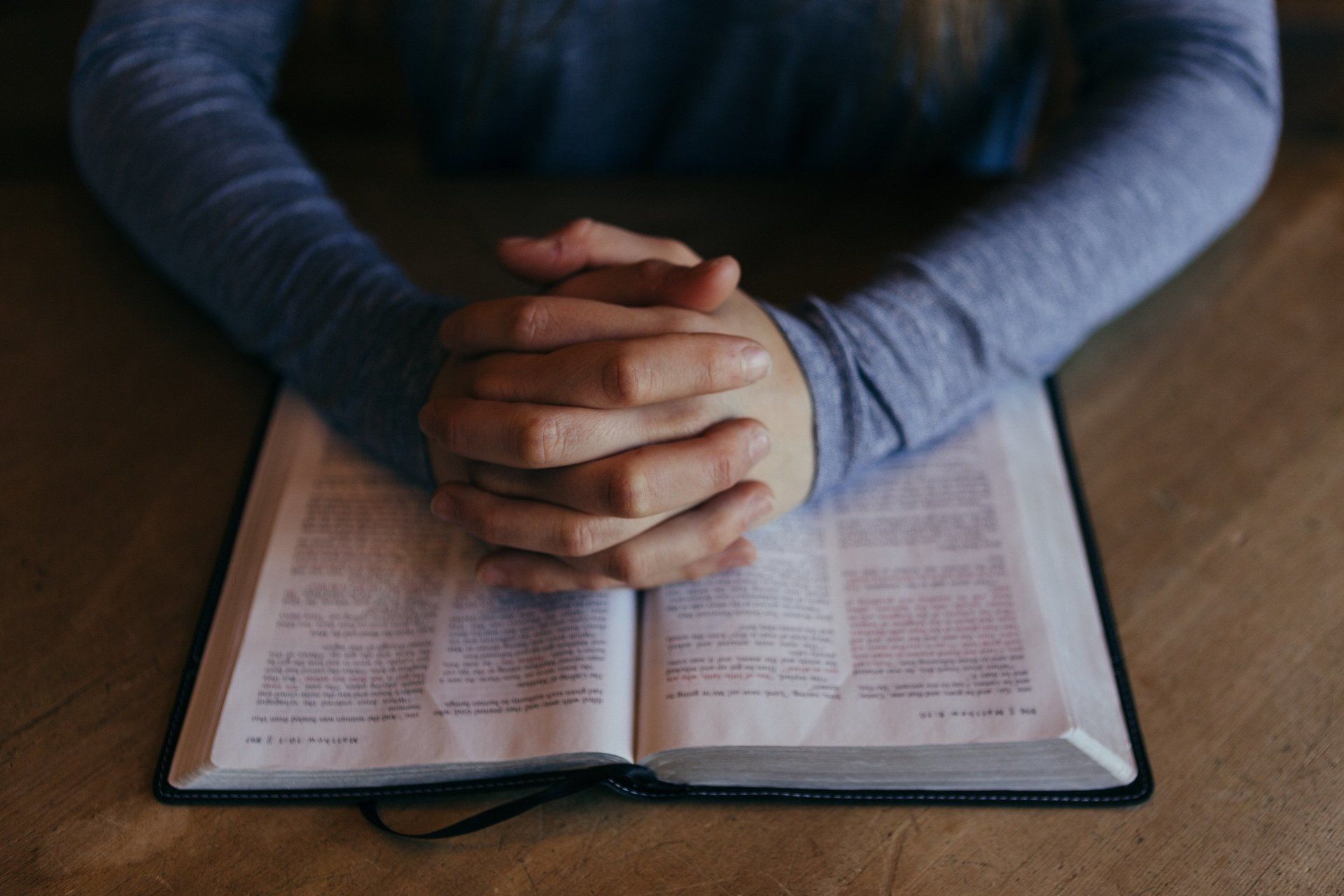About Our Parishes
Immaculate Conception Church History
In 1891, Bishop James Ryan appointed Rev. William Futterer, pastor at Grantfork and Pocahontas churches to organize a new parish dedicated to the Mother of God under the title of her Immaculate Conception. A committee appointed to collect building funds soon raised $4,000 and work started the following year on the church and priest's residence.
The church was dedicat ed on May 28, 1893 with Bishop Ryan officiating. Rev. Wimar Oberdoester succeeded Rev. Futterer. During his brief tenure, he added a huge stone crucifix to the cemetery, installed a furnace in the church basement and esta blished the St. Joseph Building Association to fund a parish school. Before this was accomplished, Rev. Oberdoester contracted typhoid fever on a trip to St. Louis and died. His successor, Rev. William Michael succeeded in building a parish school, which was staffed by the School Sisters of St. Francis from Milwaukee. The school was completed in 1901 and the School Sisters continued to serve the school for the next 67 years, until it closed in May 1968. On March 14, 1920 Bishop Ryan appointed Rev. Anthony G. Kunsch as the pastor of Immaculate Conception. Rev. Kunsch's highest ambition was to build a new school . He was instrumental in increasing the enrollment of the school and knew that a new school build ing was needed. The school was dedicated by Bishop James Griffin on October 19, 1924. The second floor consisted of an auditorium that held 500 people and had a stage equipped with a motion picture machine.
In 1941, in anticipation of the parish's Golden Jubilee, the improvements were made in the church. The balcony \\ as nlargcd to accomodatc all the school children for Sunday , the church was rewired, new light fixtures were installed, two new bells were installed in the church tower, statues of St. Joseph, St. Ann, St. Aloysius and St. Agnes were placed on or near the altar and the floor was covered with inlaid linoleum. On August 30, 1942 Bishop Griffin celebrated High Mass in honor of theJubilee.
In late 1948, Rev. Km1sch, unbeknownst to the parishioners, installed electric chimes in the church tower. At midnight on Christmas Eve people were aroused from sleep to t he sounds of "Silent Night" coming from the church. Rev. Kw1sch-was well known in the area for his Christmas scenes erected in the church. He served the parish for 45 years, before his death on November 4, 1965.
Rev. William Wand succeeded Rev. Kunsch. He started a major rebuilding campaign that started with a new rectory in 1963. His w1timely death prevented him from seeing the completion of the new church, but his successor, Rev. William Hem brow completed the new church. On September 16, 1973, Bishop William O'Conncrdcdicatcd the new church and social hall.
On December 7, 1991 the parish opened a one year celebration of the parish's 100th anniversary.
Saint Nicholas Church History
As early as 1821, Benjamin Johnson laid out the lines for a little town called Oakdale. It was a small farming community until 1868 when the Pennsylvania Railroad was built through its western limits. The event was commemorated by changing the town's name to Pocahontas. In the 1860s the Franciscan Fathers from Teutopolis visited Pocahontas and offered services in the homes of local Catholics. In 1871, under the leadership of Rev. Francis Moenning, the ever-growing Catholic population established the first church in Pocahontas under the patronage o f St. Nicholas.
The parish was attended by the Franciscan Fathers from Teutopolis. The parish grew to fifty families and a school was opened. The parish continued for several years, but eventually the number of members declined. As a result, the parish became impoverished and the school had to be closed. In 1878, the care of t he parish was transferred from the Franciscan Fathers to the priest from St. Paul's Church in
Highland. Rev. Reinhart was the first assistant from Highland to make the bi-weekly trip to Pocal1ontas.
In 1888, Rev. William Futterer, pastor o f Saline (Grantfork), took charge of the mission. The priests from Saline continued to run the parish until 1895, when it was transferred tothe care o f Rev. John P. Maroney, from St. Lawrence Church in Greenville. Unfortunately, the population of t he parish later declined to such a point that Bishop James Ryan closed the parish.
In 1908, Rev. Anthony Jaschke reorganized St. Nicholas parish and its care was again given to the priest from St. Paul's Church in Highland.
Tragedy struck the small parish on January 1, 1949 when the 78 year-old church was destroyed by fire. Mrs. Dessie Staffen arrived shortly before seven o'clock to open the church for the New Year Mass and found it was filled with smoke. She ran home to raise alarm, but by the time the fire department had arrived the church was engulfed in flames. Although the building was destroyed, the altar, statues and altar vestments were carried out and saved. It is believed that an overheated furnace started the fire.
Luckily, the parish had been planning to build a new church and the fire made it necessary to implement those plans. Members o f the parish did the majority o ft he labor in building the church and non-members assisted in decorating the interior. The new church, built of brick with stone trim and a stone entrance, was completed in 1950. On June 18, 1950, Bishop William O' Conncr dedicated the new St. Nicholas Church.
Saint Gertrude Church History
On September 1, 1870 a meeting of some thirty Catholic men in the vicinity of Saline (later named Grantfork) was held under the direction of the Rev. Peter Peters, rector of St. Paul's Church in Highland. J\.lmost $3,000 was raised to construct a church, but two years elapsed before work started on the building.
In 1872 a small brick building was constructed, but it remained unfinished for several years. For the first eight years the mission was attended once a month from St. Elizabeth's church in Marine. In 1878, a two-story rectory was built, but since there was not a resident pastor, it was used for school purposes.
On January 1, 1880 Rev. Michael Weiss became the first resident pastor at St. Gertrude's church. During his tv,,o year tenure, he built a new school, added a new addition to the church, plastered and finished the interior, andchanged the flat top to a vaulted ceiling. On September 15, 1881 the newly completed church was dedicated by Bishop Peter Baltes. On the afternoon of the dedication the large bell was consecrated and 39 people were confirmed. At the tin1e of the dedication the parish was predominately German and consisted of 75 families. Unfortw1ately, the new addition to the church wa<; not well built and a,; it settled, it produced a gap between the new and old structures. The walls of the addition began to spread apart. Tn 1903, Rev. Duval decided to tear down the old church and built a new one on the same site. The last service in the old church was held on October 4, 1903. Work on the new church progressed slowly due to various delays and the new building was not completed until the spring of 1905. On June 12, 1905 Bishop James Ryan officiated at the dedication of the new church. In 1943, for the first time in the history of St. Gertrude's, a young man from the parish became a priest. Rev. .T. Aloysius Farrell, S.P. received his seminary training under the direction of the Paulist Fathers in Washington D.C. He returned home to celebrate his solemn mass at St. Gertrude's on February 7, 1943. Twenty two years later a second priest, Fr. Patrick Gerald Jackal, was ordained for our Diocese on May 25, 1985.
On December 3, 1946 the parish celebrated the fiftieth anniversary of Rev. John 13. Wardein's ordination and the seventy-fifth anniversary of the parish. In preparation for the event, the inside of the church was completely redecorated; stained glass windows were installed and a linoleum tloor was laid in the sanctuary.
The parish celebrated its hundreth anniversary on September 15, 1972.





